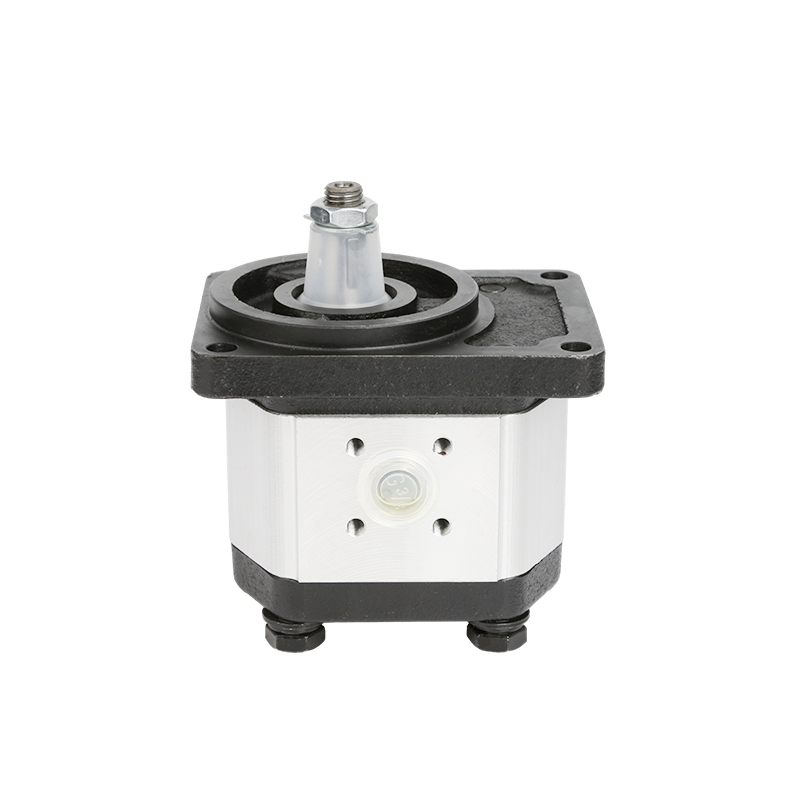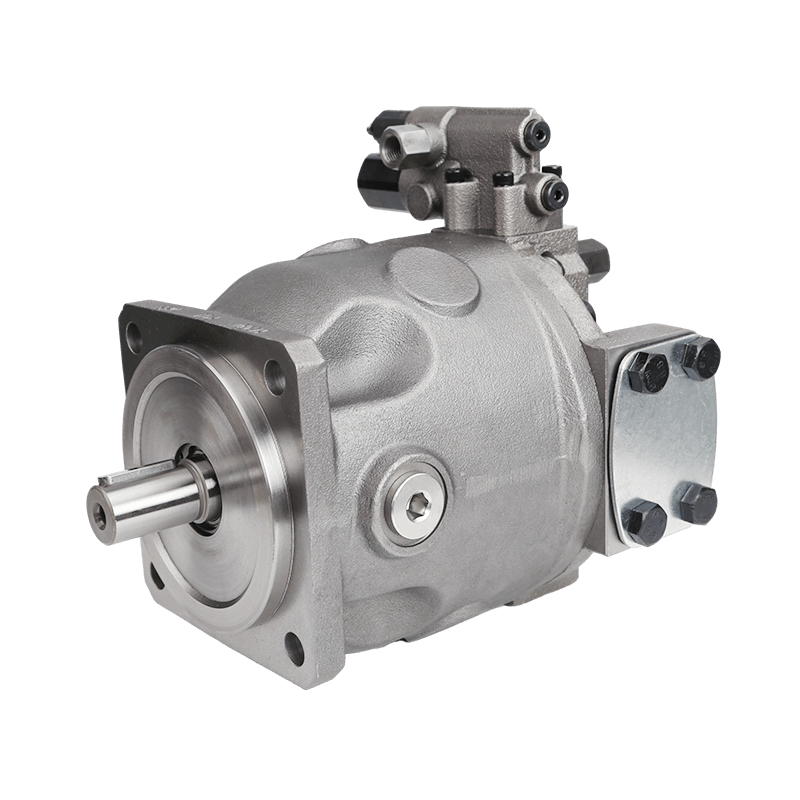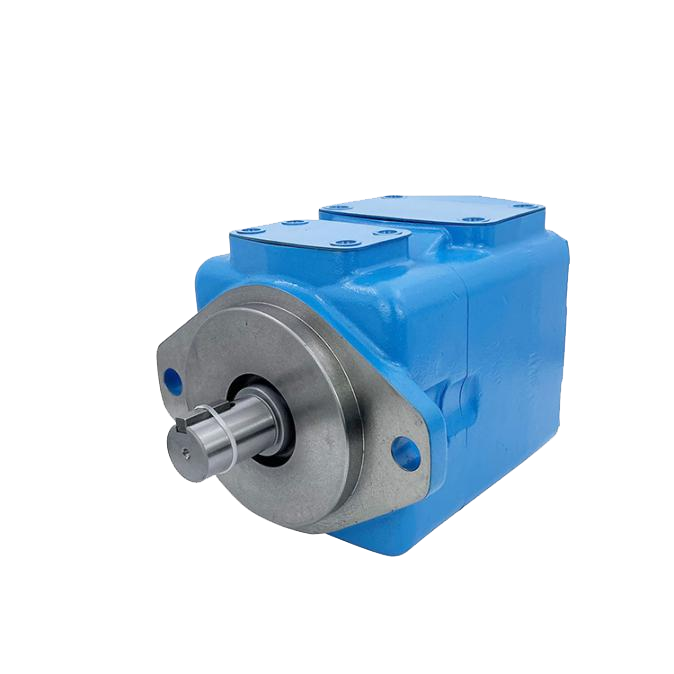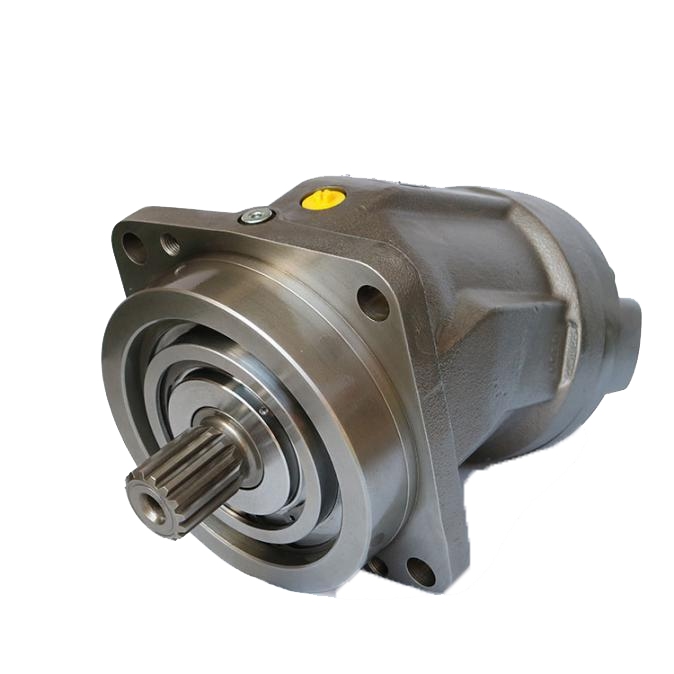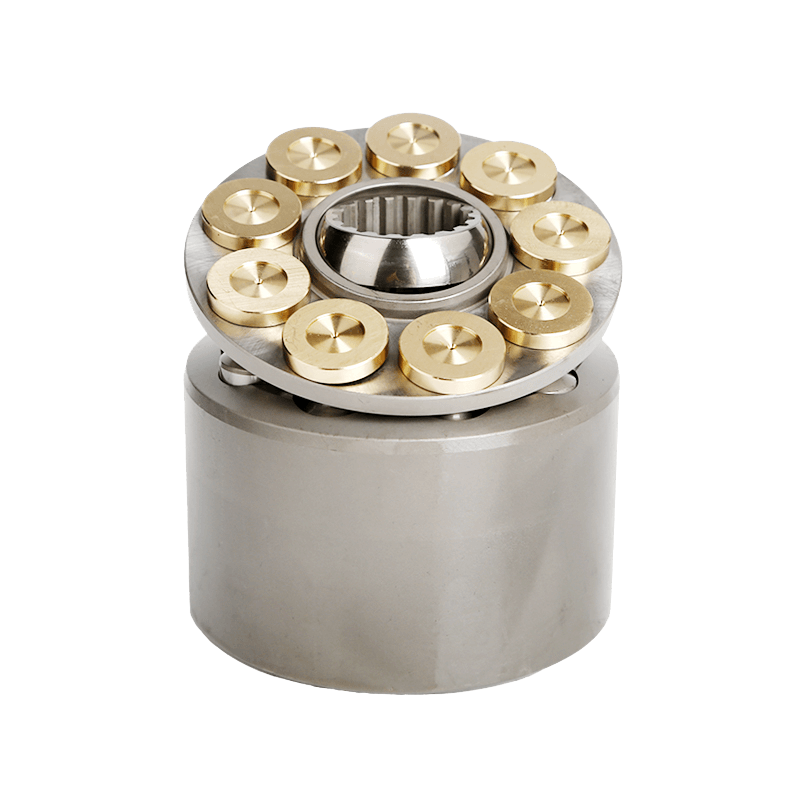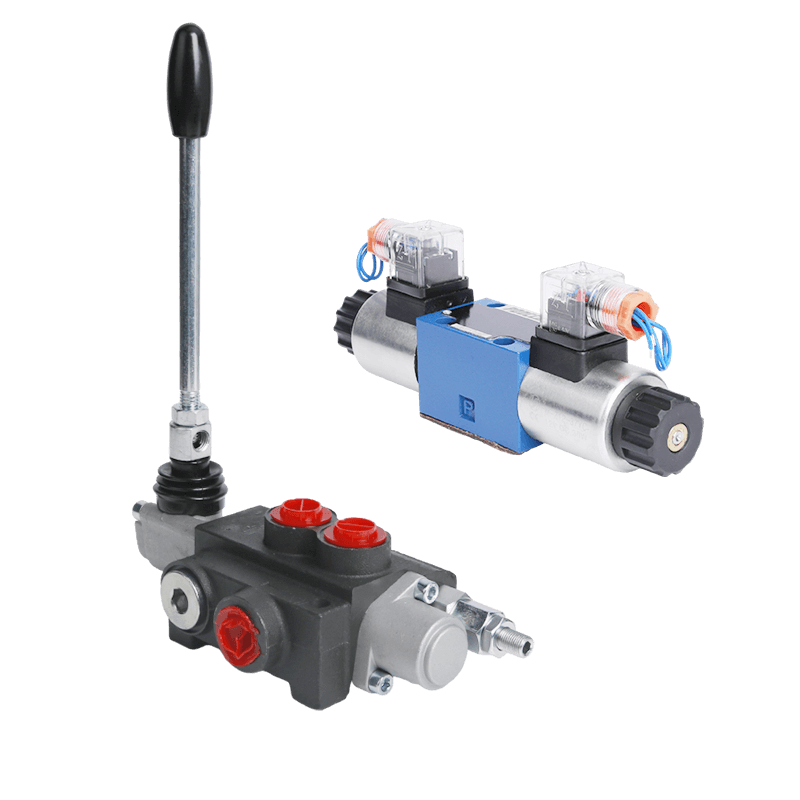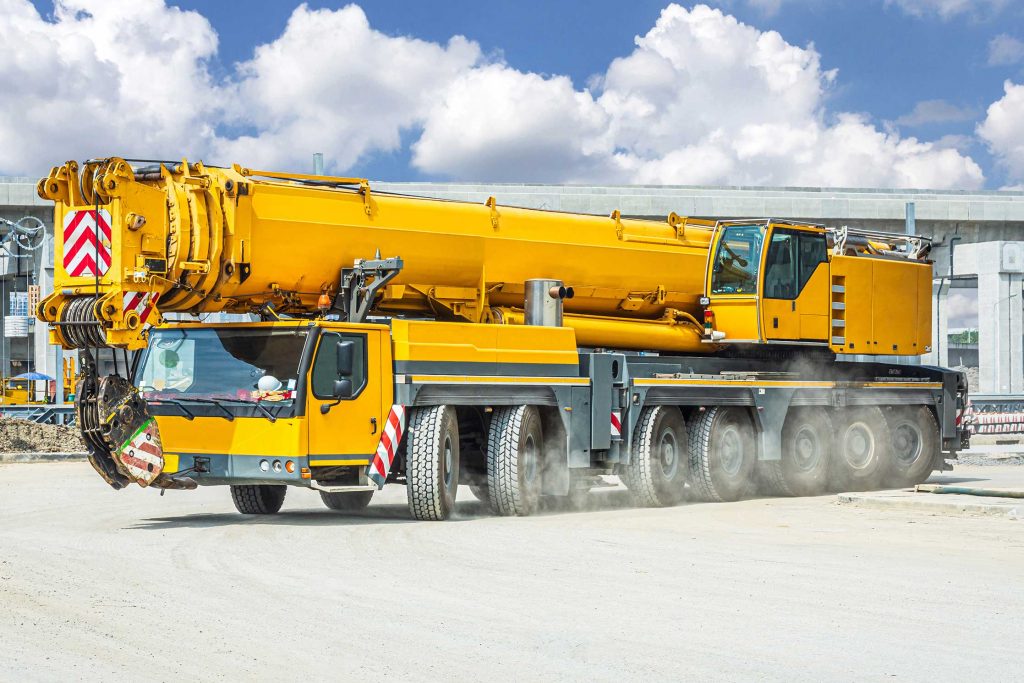Understanding Hydraulic Pump: A Comprehensive Guide to Its Function and Applications
Introduction
A hydraulic pump is an essential component in various industrial and mechanical systems, enabling the transfer of energy and fluid within hydraulic systems. This innovative device plays a critical role in powering hydraulic machinery, including cranes, excavators, hydraulic presses, and other heavy equipment. In this comprehensive guide, we will delve into the intricate workings of hydraulic pumps, their types, functions, applications, and the significance they hold in numerous industries.
1.What is a Hydraulic Pump?
A hydraulic pump is a mechanical device that converts mechanical power into hydraulic energy, creating fluid flow and generating the necessary pressure to operate hydraulic machinery. It is typically driven by an electric motor or an internal combustion engine. The primary purpose of a hydraulic pump is to facilitate the movement of fluids, usually hydraulic oil, by increasing its pressure, enabling the transmission of power to various hydraulic components.
2.Types of Hydraulic Pumps ?
There are several types of hydraulic pumps, each designed for specific applications and performance requirements. These include gear pumps, vane pumps, piston pumps, and axial piston pumps. Gear pumps are simple and cost-effective, suitable for low-pressure applications. Vane pumps offer higher efficiency and versatility, making them ideal for a wide range of applications. Piston pumps deliver high pressure and precise control.
3.Working Principles and Components ?
Understanding the working principles and components of a hydraulic pump is crucial for grasping its functionality. Hydraulic pumps operate based on positive displacement, utilizing a mechanism to trap fluid and force it into the hydraulic system. The critical components include an inlet, outlet, pump housing, impeller or rotor, and mechanical or hydraulic drive mechanisms.
4.Function and Applications ?
Hydraulic pumps are utilized in numerous industries and applications. They are the driving force behind heavy machinery, such as excavators, loaders, and bulldozers, enabling efficient movement and lifting of heavy objects. Hydraulic pumps also power industrial presses, injection molding machines, and hydraulic power units, facilitating precise and controlled movements. Additionally, they are essential in aircraft flight control systems, automotive braking systems, and hydraulic elevators.
5.Maintenance and Troubleshooting ?
Proper maintenance and troubleshooting are vital for ensuring the longevity and efficiency of hydraulic pumps. Regular inspections, fluid checks, and maintenance procedures help identify potential issues and prevent catastrophic failures. Common problems, such as leaks, overheating, and cavitation, can be resolved through proper troubleshooting techniques.
Hydraulic pumps are indispensable components in modern industrial systems, providing the necessary force to power a wide range of machinery and applications. Understanding the working principles, types, and maintenance requirements of hydraulic pumps is crucial for ensuring their optimal performance and longevity. As technology continues to advance, hydraulic pumps will play an increasingly significant role in powering the machinery that drives industries forward.
Follow the poocca website, we will regularly publish hydraulic related products, maintenance and other technical content.
About poocca products:piston pump, gear pump, vane pump, motor, hydraulic valve, hydraulic accessories

